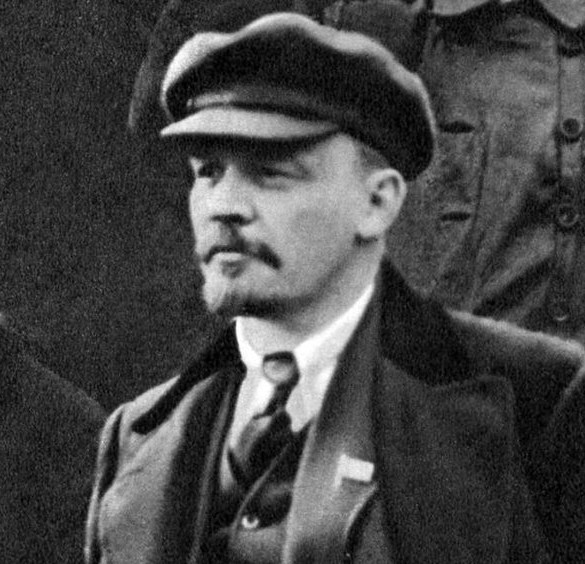I’ve been playing with Blender, and I managed to create an animation for ProleWiki (shown in the link)
My question is, if anyone happens to use Blender, how to use Geometry Nodes or anything similar to make the wheat stalks look like they’re growing?



This is what I currently have. Selected is a 2D mesh converted from a curve imported from an SVG.
I haven’t done anything related to Geometry Nodes, but I have the impression that it’s possible to create an animation through it. But no matter how many tutorials and documentation I go through, I can’t even think of where to begin
Edit: the geometry of the stalk is a bit irregular
You can keyframe any value in your node graph and then use that for animation. Otherwise you can get the current frame using a standard driver, the same as outside Geometry nodes. You need to describe in more detail what you want and what you can’t figure out. If you want each ‘spike’ to scale into place, probably easier to not even mess with geometry nodes. Just slice it up into a bunch of objects, keyframe, individual origin scale them to 0, keyframe, and then manually add the delay in the graph editor. There aren’t that many individual stalks.
So you recommend that I animate it by altering its shape through keyframes?
The idea is to make the stalks grow in this direction. Animating the scale of each individual stalk could be a good idea, but I’m looking for a more elegant look to it, and I’m not sure scaling them would do the trick… The fact is, I’m extremely ignorant in Blender, and I’m probably having a hard time to even explain what I’m trying to accomplish, so sorry about that. But I think you got the idea of what I’m trying to do
I’m not saying to use shapekeys. Or exactly how to approach the animation. But you said you’re not sure how to begin animating in geometry nodes. And so I’m saying you have to keyframe the values (number, bool, input, etc). you want animated. You create keyframes by pressing the i key, it’ll keyframe the selected attribute for the selected object at the current frame.
I think it’ll probably work. Make sure the origin of each stalk is where the stem is, so they grow in the right direction. You could consider rigging them with two bones to add some bounce and jiggle to them, or even using cloth physics for the same effect, but it’ll complicate the process immensely and not necessarily look better. Consider it for a future re-do instead.
Wonderful suggestion, comrade, I’ll look into rigging thanks to you. I can already see how to do give it some life through that approach. Any idea on how I would create the effect of the leaves growing from the stems? The shape of the wheat would have to grow different rates in different areas
You can scale bones, and along axis too. You can scale the bones such that the leaves are invisible, then scale them up first length-wise so they pop up, and then width-wise so that they fill in. You can animate the rotation of the bones (and other bones further down the chain if you want to make the leaves more soft/animate) to first point them up, and then slump them as they get more weight. (Bendy bones are easier than multiple bones for this use case).
Before undertaking this though, will you first try my first suggestion? I’m not sure if you understood what I meant by setting the origin to the stem. Up here:
You can choose ‘origins’ and then move the origin of the object. As you then scale it in object mode, it’ll not scale from the centre any more. If you select all the leaves, and choose “individual origins”
You can preview what that would look like in the viewport. You can then keyframe that action. Only two keyframes, one at zero and one at 1. Then you can deselect the bottom most one and delay the animation for the rest, repeat minus the one above until you’ve done all 8 or 15, and you’ll have within a minute made them all grow into place in a cascading fashion.
I eventually followed your approach, comrade. Here are the results: https://lemmygrad.ml/post/569783
That’s pretty smooth! I noticed you didn’t animate the leaves independently. Was that just because it turned out to be difficult or did it not look good?
I created a bone for every branch, and the result was already satisfactory, but I could’ve created more bones for each leaf and make the animation a little more complex, but all things considered it wasn’t needed that much.
The scaling and animation of branches already did wonders
Wowww that looks really awesome!